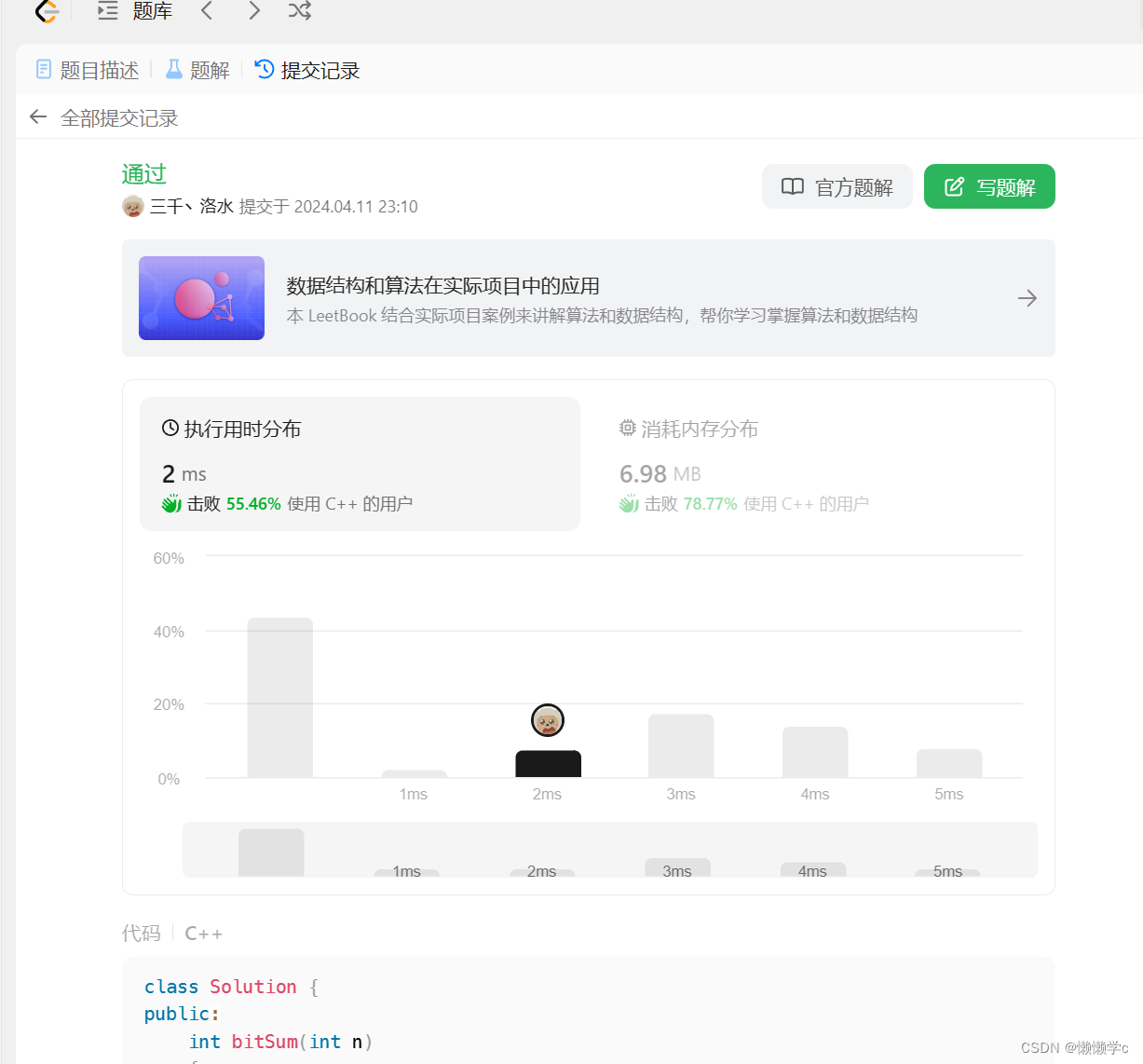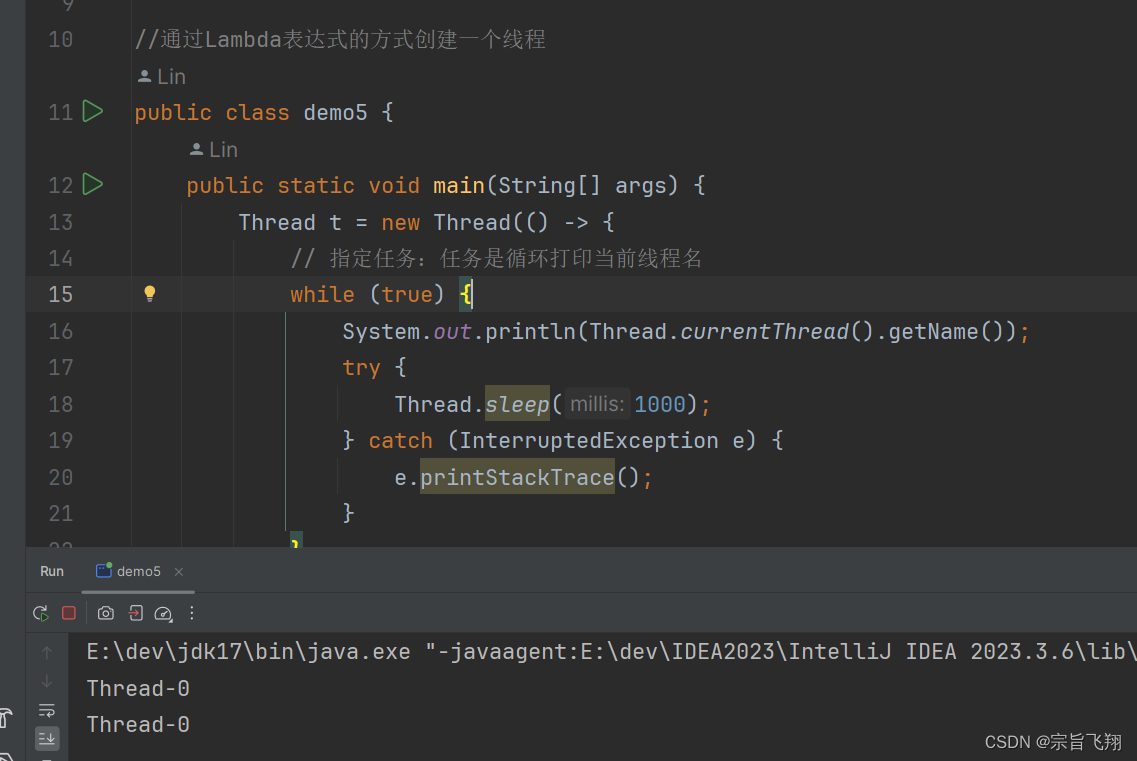Nginx 基础应用实战 06
构建一个PHP的站点
使用套件
lmnp
https://oneinstack.com
安装完成后

搭建bbs
https://www.discuz.net/
搭建博客
https://wordpress.com
https://cn.wordpress.org/
CMS系统
http://www.dedecms.com/
构建Lua站点
Openresty Nginx + Lua
Nginx是一个主进程配合多个工作进程的工作模式,每个进程由单个线程来处理多个连接。
在生产环境中,我们往往会把cpu内核直接绑定到工作进程上,从而提升性能。
安装
预编译安装
CentOS
你可以在你的 CentOS 系统中添加 openresty 仓库,这样就可以便于未来安装或更新我们的软件包(通过 yum check-update 命令)。 运行下面的命令就可以添加我们的仓库(对于 CentOS 8 或以上版本,应将下面的 yum 都替换成 dnf):
# add the yum repo:
wget https://openresty.org/package/centos/openresty.repo
sudo mv openresty.repo /etc/yum.repos.d/
# update the yum index:
sudo yum check-update
然后就可以像下面这样安装软件包,比如 openresty:
sudo yum install -y openresty
如果你想安装命令行工具 resty,那么可以像下面这样安装 openresty-resty 包:
sudo yum install -y openresty-resty
命令行工具 opm 在 openresty-opm 包里,而 restydoc 工具在 openresty-doc 包里头。
列出所有 openresty 仓库里头的软件包:
sudo yum --disablerepo="*" --enablerepo="openresty" list available
参考 OpenResty RPM 包页面获取这些包更多的细节。
对于 CentOS 8 及更新版本,我们只需要将上面的 yum 命令都替换成 dnf 即可。
源码编译安装
下载
http://openresty.org/cn/download.html
./configure
然后在进入 openresty-VERSION/ 目录, 然后输入以下命令配置:
./configure
默认, --prefix=/usr/local/openresty 程序会被安装到/usr/local/openresty目录。
依赖 gcc openssl-devel pcre-devel zlib-devel
安装:yum install gcc openssl-devel pcre-devel zlib-devel postgresql-devel
您可以指定各种选项,比如
./configure --prefix=/opt/openresty \
--with-luajit \
--without-http_redis2_module \
--with-http_iconv_module \
--with-http_postgres_module
试着使用 ./configure --help 查看更多的选项。
make && make install
服务命令
启动
systemctl start openresty.service
停止
systemctl stop openresty.service
重新加载配置文件
systemctl reload openresty.service
启动成功后的欢迎页面
注意
如遇启动失败,先检查一下是否之前装过nginx 端口有没有冲突

查看已安装模块和版本号
Nginx -V
测试lua脚本
在Nginx.conf 中写入
location /lua {
default_type text/html;
content_by_lua '
ngx.say("<p>Hello, World!</p>")
';
}
lua-nginx-module
创建配置文件lua.conf
server {
listen 80;
server_name localhost;
location /lua {
default_type text/html;
content_by_lua_file conf/lua/hello.lua;
}
}
在Nginx.conf下引入lua配置
include lua.conf;
创建外部lua脚本
conf/lua/hello.lua
内容:
ngx.say("<p>Hello, World!</p>")
lua读取nginx数据的常用方法
ngx.var
获取Nginx uri中的单一变量
location /nginx_var {
default_type text/html;
content_by_lua_block {
ngx.say(ngx.var.arg_a)
}
}
ngx.req.get_uri_args
获取Nginx uri中的所有变量
local uri_args = ngx.req.get_uri_args()
for k, v in pairs(uri_args) do
if type(v) == "table" then
ngx.say(k, " : ", table.concat(v, ", "), "<br/>")
else
ngx.say(k, ": ", v, "<br/>")
end
end
lua文件热部署
lua_code_cache off;
关闭缓存后 重启生效
配置在 http->server节点下
只对content_by_lua_file生效
获取Nginx请求头信息
local headers = ngx.req.get_headers()
ngx.say("Host : ", headers["Host"], "<br/>")
ngx.say("user-agent : ", headers["user-agent"], "<br/>")
ngx.say("user-agent : ", headers.user_agent, "<br/>")
for k,v in pairs(headers) do
if type(v) == "table" then
ngx.say(k, " : ", table.concat(v, ","), "<br/>")
else
ngx.say(k, " : ", v, "<br/>")
end
end
获取post请求参数
ngx.req.read_body()
ngx.say("post args begin", "<br/>")
local post_args = ngx.req.get_post_args()
for k, v in pairs(post_args) do
if type(v) == "table" then
ngx.say(k, " : ", table.concat(v, ", "), "<br/>")
else
ngx.say(k, ": ", v, "<br/>")
end
end
http协议版本
ngx.say("ngx.req.http_version : ", ngx.req.http_version(), "<br/>")
请求方法
ngx.say("ngx.req.get_method : ", ngx.req.get_method(), "<br/>")
原始的请求头内容
ngx.say("ngx.req.raw_header : ", ngx.req.raw_header(), "<br/>")
body内容体
end
end
#### http协议版本
```lua
ngx.say("ngx.req.http_version : ", ngx.req.http_version(), "<br/>")
请求方法
ngx.say("ngx.req.get_method : ", ngx.req.get_method(), "<br/>")
原始的请求头内容
ngx.say("ngx.req.raw_header : ", ngx.req.raw_header(), "<br/>")
body内容体
ngx.say("ngx.req.get_body_data() : ", ngx.req.get_body_data(), “
”)


















